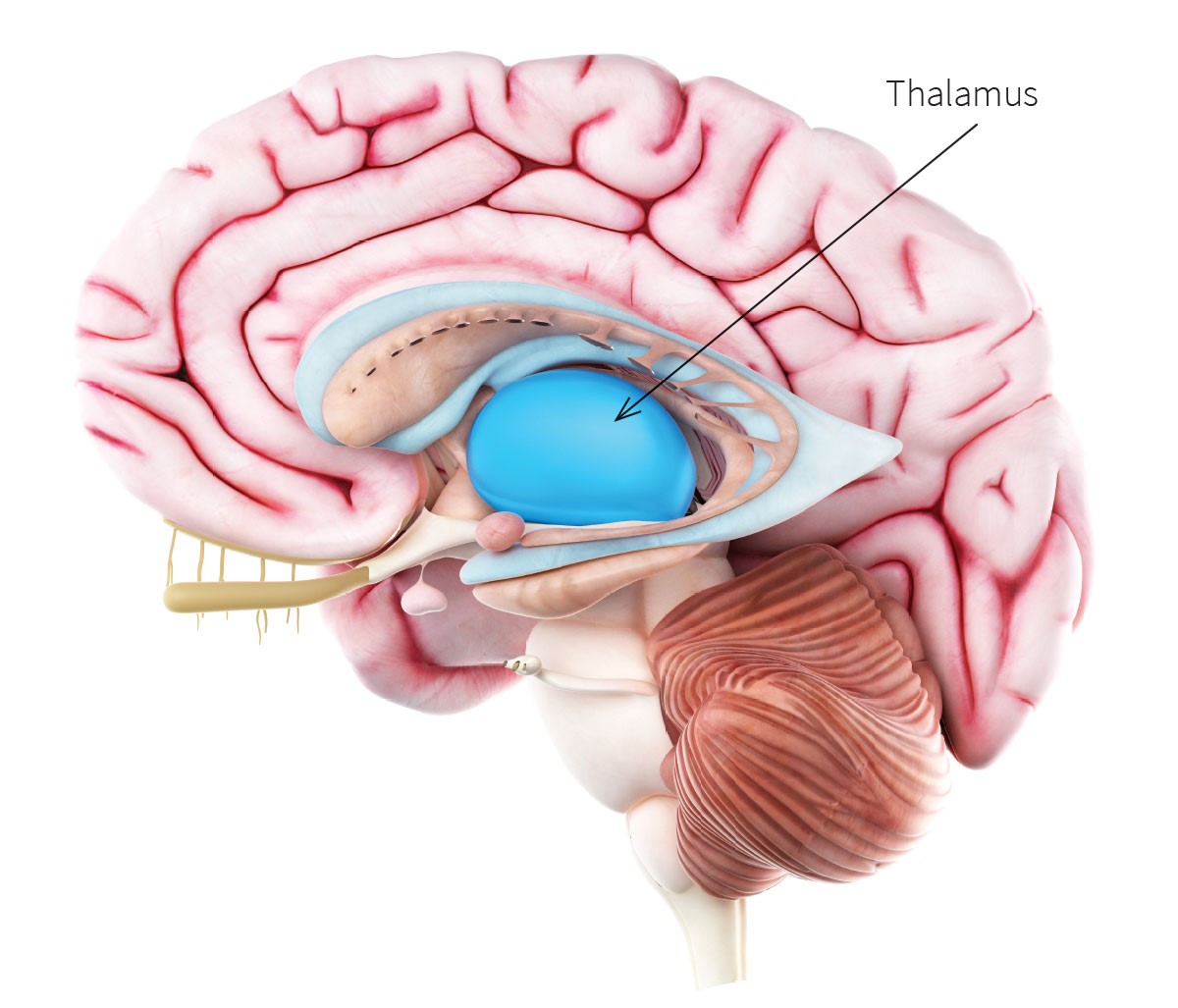BY TIM FOX
NEUROSURGEON JON T. WILLIE, MD, (PICTURED HERE) AND COLLEAGUES USE HIGH-INTENSITY FOCUSED ULTRASOUND TO TREAT SOME PEOPLE WITH ESSENTIAL TREMOR.
Photography by Greg Goldman
More than 7 million people in the U.S. live with a movement disorder called essential tremor. Symptoms of this condition include a rhythmic shaking of the hands; in some people, hands and feet may shake, and the voice may also be involved. Stress can cause these tremors to worsen, as can caffeine and alcohol. Because essential tremor can make everyday tasks—shaving, writing, driving a car—difficult if not impossible, living with essential tremor presents significant challenges.
The source of essential tremor lies within the brain, in an egg-shaped structure called the thalamus. Among other important jobs, this bundle of nerve fibers helps make movement possible and can be responsible for movement disorders. Treatment for essential tremor includes medication, a surgical option called deep-brain stimulation and a newer, non-surgical therapy known as high-intensity focused ultrasound or HIFU. Washington University physicians at Barnes-Jewish Hospital are the first in Missouri to offer high-intensity focused ultrasound to patients with essential tremor.
During treatment, an ultrasonic beam passes through the skull—without causing damage to surrounding areas—to reach its target: a tiny section of the thalamus that is smaller than a pea. “Because this beam ablates, or burns, the targeted area, the positive effects of this treatment are immediate and should be permanent,” says Jon T. Willie, MD, Washington University neurosurgeon and director of stereotactic, functional and epilepsy neurosurgery at Barnes-Jewish Hospital.
Candidates for high-intensity focused ultrasound therapy, Willie notes, are those living with essential tremor or with tremor-predominant Parkinson’s disease, a condition that causes symptoms similar to essential tremor. “The ideal candidate for this treatment is someone who has not been helped by medical therapies and still experiences moderate to severe tremors in one or both hands,” says Willie, adding that candidates must also have no neurological diseases other than essential tremor or Parkinson’s disease.
For those people with essential tremor who aren’t able to be treated with high-intensity focused ultrasound—and for those with different types of movement disorders—other effective treatment options remain. One such therapy, called deep-brain stimulation, uses surgical procedures to place electrical leads in the brain and implant a pulse generator, a pacemaker-like device, through a small incision in the chest. When tuned by specially trained neurologists, the pulse generator emits electrical pulses to the leads placed in the brain. That stimulation can effectively alleviate symptoms of a variety of movement disorders.

THE BRAIN’S THALAMUS, SHOWN HERE IN THE CENTER AND HIGHLIGHTED BLUE, HELPS MAKE PHYSICAL MOVEMENT POSSIBLE.
Illustration courtesy of Shutterstock
“Deep-brain stimulation is a cornerstone surgical therapy for movement disorders, including Parkinson’s disease, essential tremor and dystonia,” says Scott Norris, MD, Washington University neurologist at Barnes-Jewish Hospital. He and colleagues at the center strive to find the therapy best suited to each person they treat, Norris notes. “The options we have refined over two decades are safe and highly effective, yielding maximum patient satisfaction.”
Washington University specialists at Barnes-Jewish Hospital also have pioneered advanced approaches to delivering deep-brain stimulation treatment, including awake microelectrode recording and asleep intraoperative MRI-guided impulse generator implantation.
Both Norris and Willie are excited about the effective therapies they can offer to people with movement disorders, including high-intensity focused ultrasound for essential tremor. “Our team, which includes skilled neurologists, psychiatrists, engineers, radiologists and neurosurgeons, offers interventions that ameliorate challenging symptoms using minimally invasive and noninvasive brain stimulation,” Willie says. “Our depth of experience allows us to help people obtain the best possible quality of life.”